
John Galen Howard was an American architect and educator who began his career in New York before moving to California. He was the principal architect at in several firms in both states and employed Julia Morgan early in her architectural career.
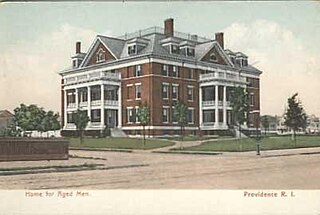
Frederick E. Field was an American architect who practiced in Providence, Rhode Island, and Orlando, Florida, in the period between 1883 and 1927.
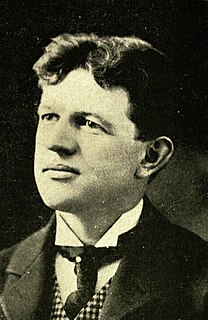
Frank L. Packard was a prominent architect in Ohio. Many of his works were under the firm Yost & Packard, a company co-owned by Joseph W. Yost.
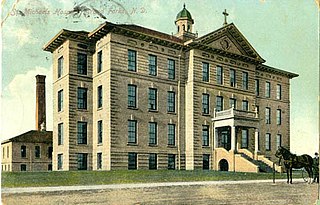
George Hancock was an architect active in North Dakota, Montana and Minnesota.

Proudfoot & Bird was an American architectural firm that designed many buildings throughout the Midwest region of the United States. Originally established in 1882, it remains active through its several successors, and since 2017 has been known as BBS Architects | Engineers.

Link & Haire was a prolific architectural firm in Montana, formally established on January 1, 1906. It designed a number of buildings that are listed on the National Register of Historic Places.
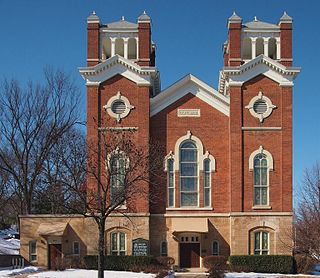
Charles N. Daniels (1828-1892) was an American architect active in Minnesota, North Dakota, and Washington.

William Dubois (1879-1953) was an American architect. He was a prolific architect in Wyoming and nearby states, and served five terms in both houses of the Wyoming Legislature.

William R. Walker & Son was an American architectural firm in Providence, Rhode Island, active during the years 1881 to 1936. It included partners William Russell Walker (1830–1905), William Howard Walker (1856–1922) and later William Russell Walker II (1884–1936).
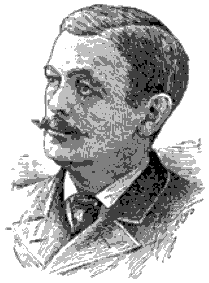
Milton Earle Beebe was an American architect who designed numerous buildings in Buffalo, New York, in Fargo, North Dakota, and elsewhere. He designed courthouses "at Warren, Smethport, Cambria, and Huntingdon in Pennsylvania, costing $100,000 each." Several are listed on the National Register of Historic Places. He also designed Early Commercial architecture buildings, residences, churches and public buildings.

Haxby & Gillespie was an architectural firm from Fargo, North Dakota. R. J. Haxby and William D. Gillespie were the partners. The firm "produced a number of important buildings throughout North Dakota." They designed many notable public, educational, commercial, and church buildings, in North Dakota, Minnesota, and Montana.

William F. Kurke (1889–1965) was a prolific architect in North Dakota.

The Mayville Public Library on Center Ave., N., Mayville, North Dakota was built in 1900. It was designed by Fargo architect William C. Albrant. It was listed on the National Register of Historic Places in 1977.

Wallace L. Dow (1844-1911), often known as W. L. Dow, was an architect of Sioux Falls, South Dakota. He has been referred to as the "Builder on the Prairie" and was "considered the premier architect of South Dakota in the late 19th century."

Edwin Thomas Banning (1864–1940) was an American architect from Providence, Rhode Island.

Wilfred Elizur Griggs (1866–1918) was an American architect from Waterbury, Connecticut.

Frederick W. Keith (1879-1954) was an American architect, beginning his career in Indianola, Iowa but gaining prominence while practicing in Grand Forks, Bismarck, and Fargo, North Dakota. After a successful independent practice, he joined forces with William F. Kurke as Keith & Kurke.

Ernest C. S. Holmboe was an American architect, practicing in Chicago, Illinois, Marietta, Ohio, and Clarksburg, West Virginia.

A. C. Lyons (1873-1942) was an American architect from Fairmont, West Virginia.
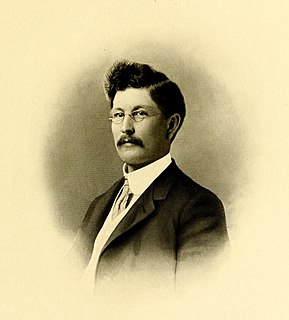
John P. Eisentraut (1870-1958) was an American architect most closely associated with South Dakota. Eisentraut designed a number of buildings, including Carnegie libraries and courthouses, several of which are listed on the National Register of Historic Places. He was one of South Dakota's leading architects during the first quarter of the twentieth century.






















